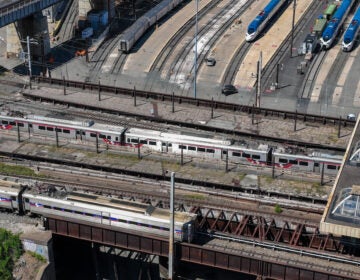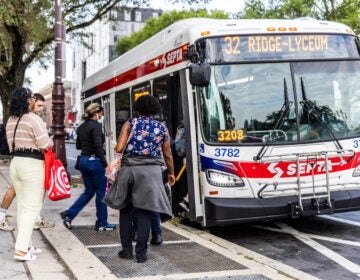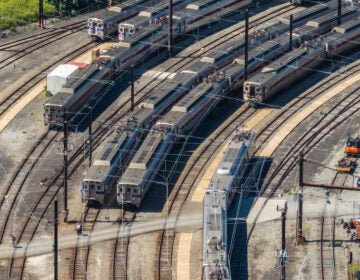SEPTA capital budget highlights … or, what a difference a year makes
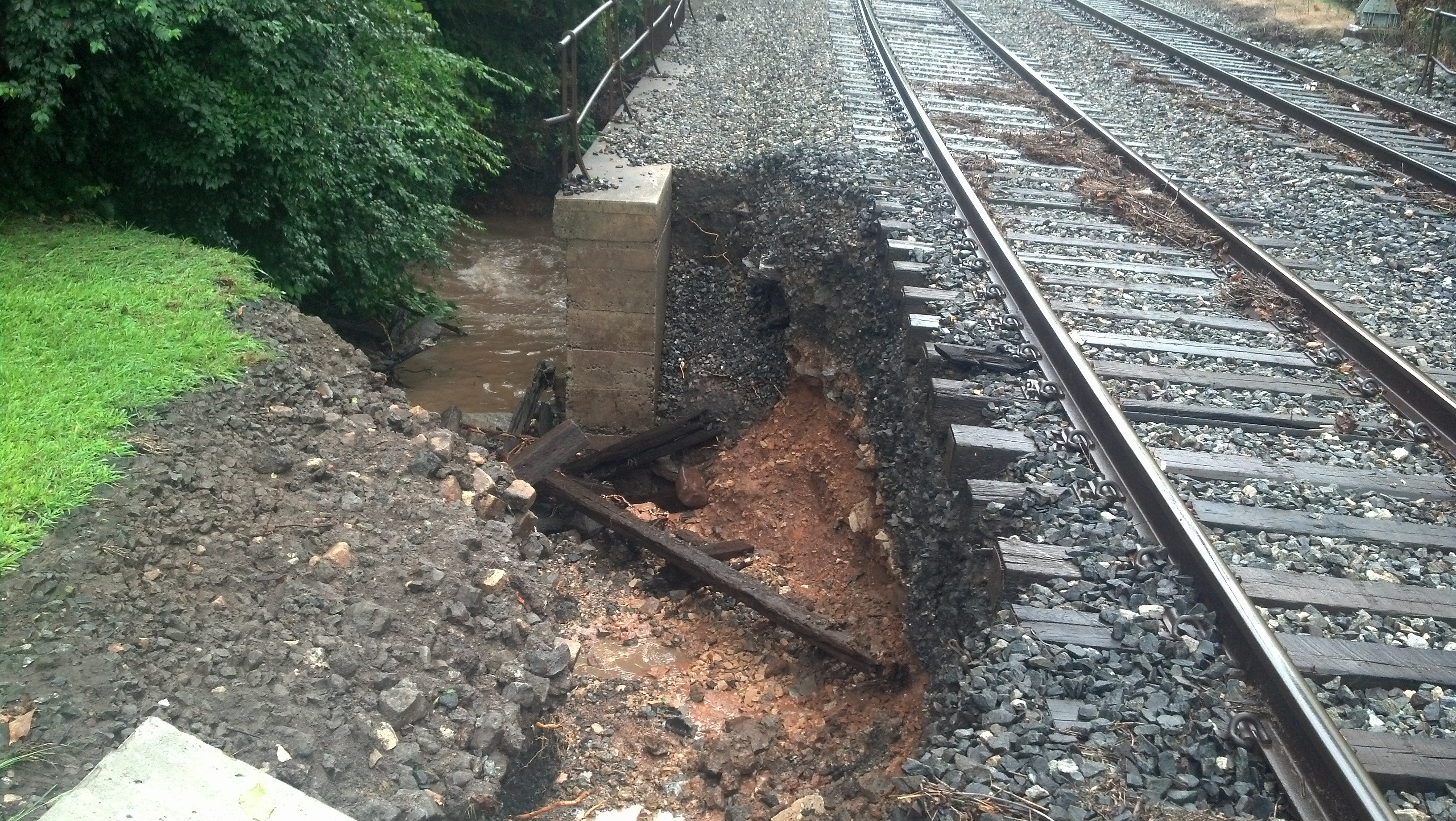
The impact of the Pennsylvania state transportation funding package is becoming increasingly evident now that SEPTA has outlined its fiscal year 2015 and 12-year capital budgets. In FY 2015, SEPTA plans to spend $571.8 million on capital projects. That is an increase of more than $200 million from last year’s $308 million capital budget. Over the next 12 years, SEPTA is prepared to spend a total $3.7 billion on capital projects.
Passed in November, the transportation funding package, also known as Act 89, will provide $2.3 billion for multimodal transportation projects throughout the state over the next five years. The funding is critical for SEPTA, which faces a $5 billion backlog of State of Good Repair projects and might have shrunk without the funding.
In FY 2015, SEPTA will invest in its decrepit bridges, aging and out of date substations, safety and security, vehicle acquisitions and overhauls and more. Some of the FY 2015 capital budget highlights are detailed below, and the full capital budget proposal can be found on SEPTA’s website.
$43 MILLION BRIDGE BUDGET
SEPTA will spend $43.43 million on its bridge program in FY 2015. That’s $38.52 million more than SEPTA spent on its FY 2014 bridge work.
As part of the FY 2015 program SEPTA will reconstruct the Media/Elwyn Line Crum Creek Viaduct, improve several other viaducts, rehabilitate Bridge 0.35 on the Chestnut Hill West Line and rehabilitate nine stone arch bridges throughout the regional rail system. Several of these projects were on SEPTA’s “critical deferred projects” list, and if additional funding was not secured, the bridges could have been taken out of service.
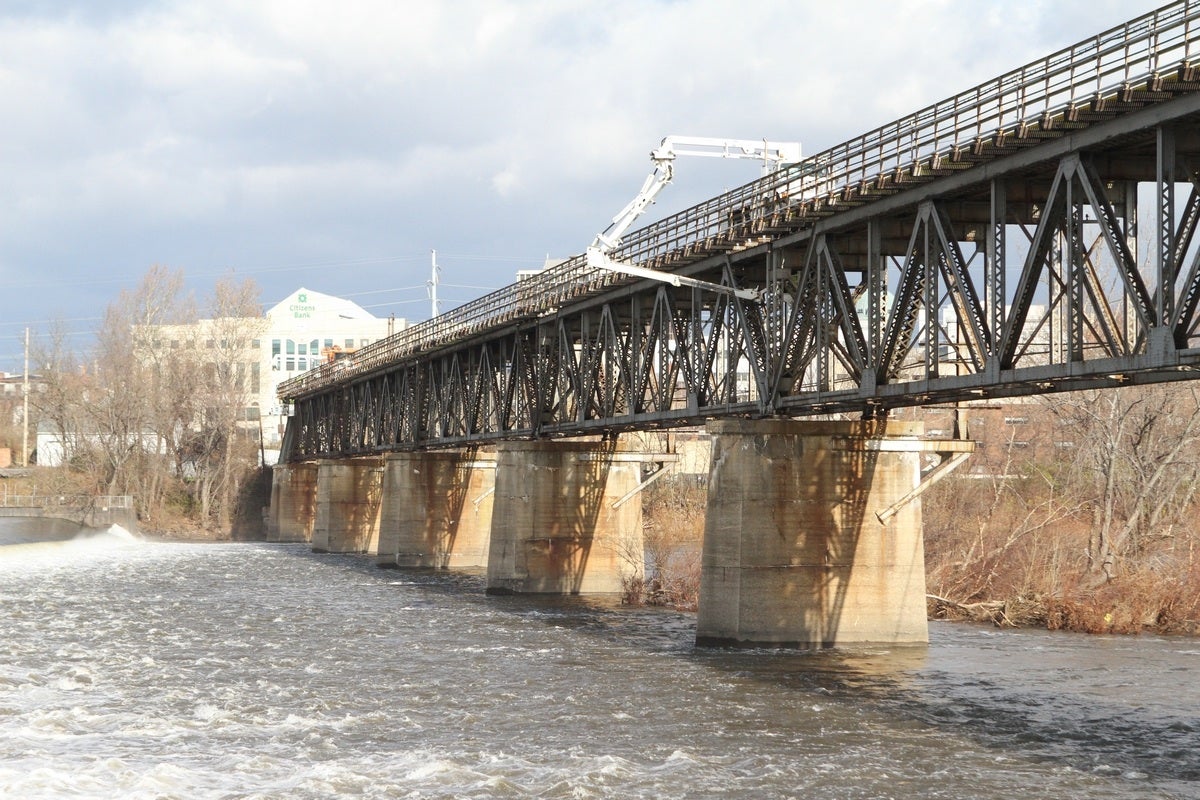
Wrapping up Positive Train Control
In its “communication, signal systems and technology” category, SEPTA will spend $58.39 million in FY 2015. A large portion of that funding will go toward completing the installation of Positive Train Control (PTC) on the regional rail network. PTC is a federally mandated safety system intended to keep passenger trains from colliding and to provide other safeguards.
The total cost of bringing SEPTA up to PTC compliance is roughly $330 million, but SEPTA has already made most of that investment. The federally mandated compliance deadline is Dec. 31, 2015, and SEPTA is on track to meet that deadline. Once PTC is up and running, SEPTA will have that financial burden off its shoulders.
In FY 2016, SEPTA expects to spend just $17.54 million on communication, signal systems and technology projects.
Smartcard spending
SEPTA will continue to invest in its New Payment Technology system – the chip-based payment system that will allow customers to pay fares with cards or compatible cell phones. In FY 2015, SEPTA will spend $21.34 million on the program. That is slightly less than the $23.66 million SEPTA spent in FY 2014, and it is considerably less than SEPTA will spend in the coming years – a total of $182 million in FYs 2016, 2017 and 2018.
Suped up substations
With $61 million, SEPTA will overhaul the Lenni, Morton, Jenkintown, Amber, Lansdale and Bethrayres regional rail substations, the Wayne Junction Static Frequency Converter No. 4, and the Suburban Transit Clifton Substation. The funding will also support catenary replacement on the Media/Elwyn Line and on the Regional Rail Mainline between 30th Street Station and “K” Interlocking.
This FY 2015 investment is a significant step up from the $9.64 million SEPTA invested in substations and power improvements in FY 2014. Over the next 12 years, SEPTA is prepared to spend $389.09 million on substations and power improvements.
In-house restoration projects
Over the next 12 years, SEPTA will spend $35 million annually (a $426 million total) on its “infrastructure safety renewal program.” This program provides for transit and railroad infrastructure restoration to be carried out by SEPTA’s in-house forces. SEPTA’s in-house teams will work on improve a range of infrastructure including tracks and right-of-ways, signals and communications systems, maintenance and support facilities, station facilities and power systems.
Coordinating to reduce I-95 congestion
SEPTA will spend $35.8 million on a new I-95 congestion mitigation program. During the reconstruction of I-95, SEPTA will work with PennDOT to enhance capacity on the Trenton and West Trenton regional rail lines in hopes of reducing vehicles on the road.
In addition to the $35.8 million SEPTA will spend in FY 2015, SEPTA will spend $5.1 million in FY 2016. Federal Interstate Management Program funds will help support the efforts.
Public comments
SEPTA is accepting public comment on its FY 2015 capital budget until end-of-business on Friday, May 2. Comments may be submitted to capbudget@septa.org or to
SEPTA Capital Budget & Grant Development
Capital Budget & Program
1234 Market Street, 9th Floor
Philadelphia, PA 19107
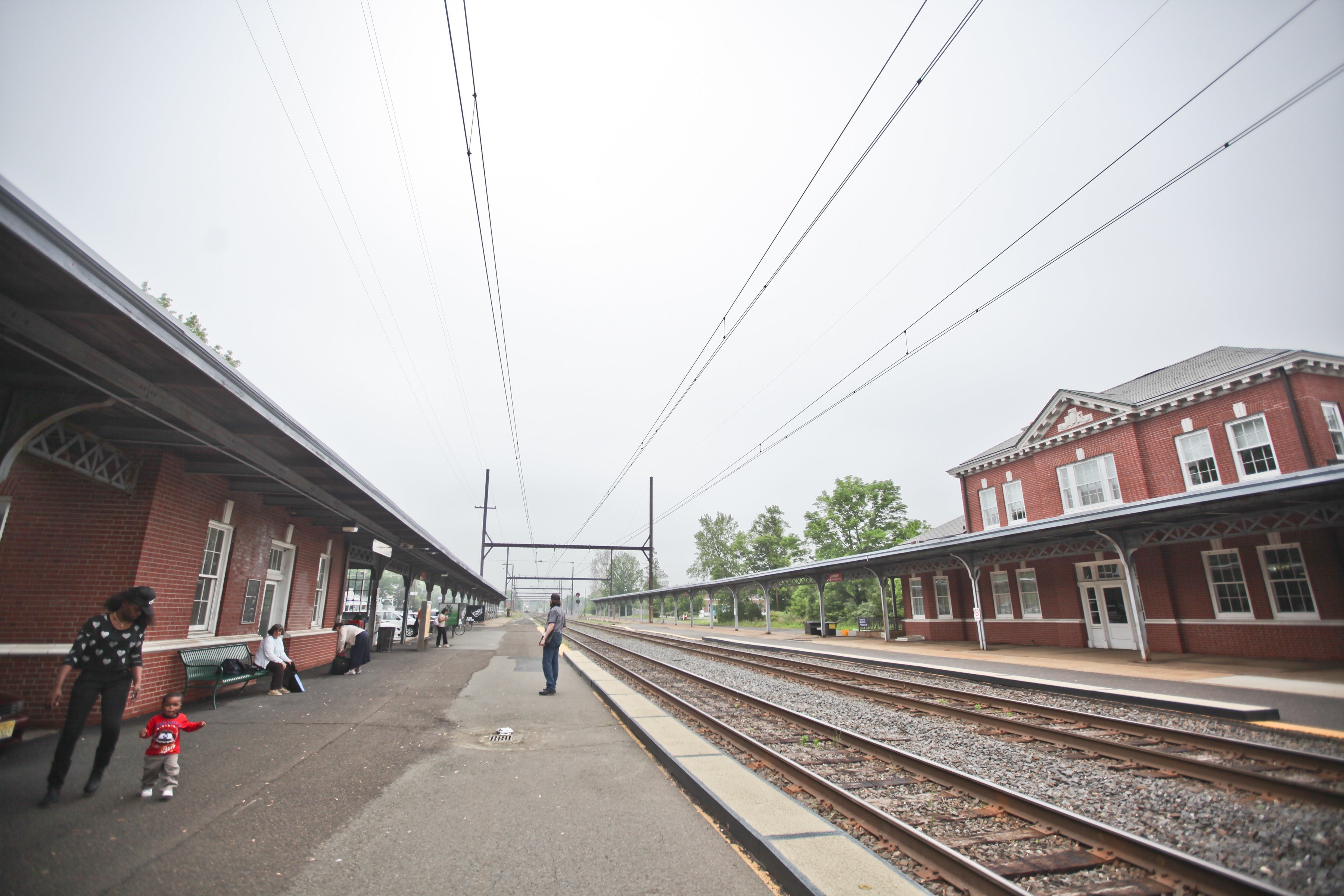
WHYY is your source for fact-based, in-depth journalism and information. As a nonprofit organization, we rely on financial support from readers like you. Please give today.




